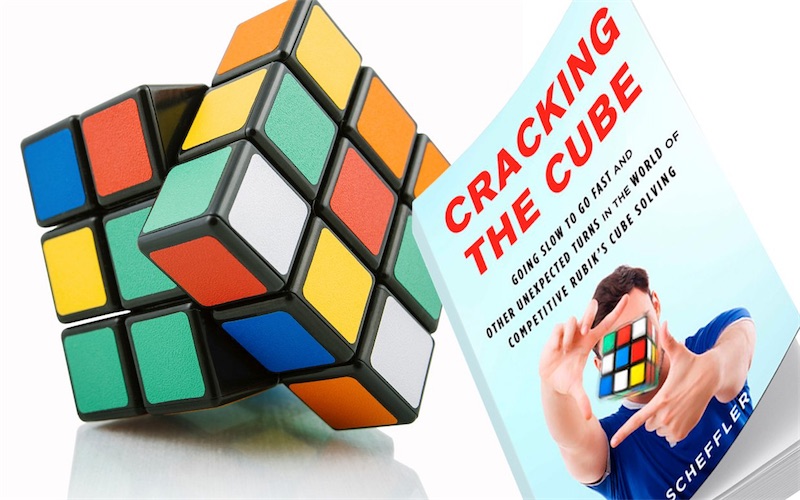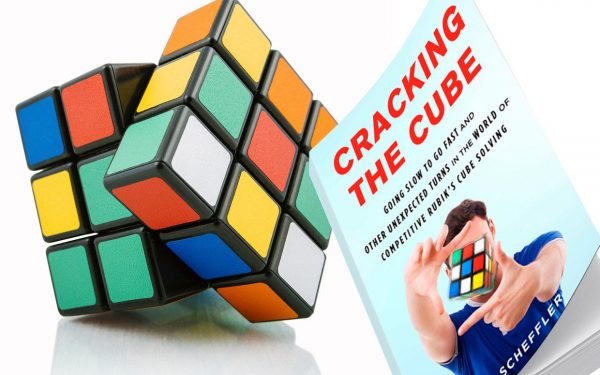An Interest In:
Web News this Week
- April 21, 2024
- April 20, 2024
- April 19, 2024
- April 18, 2024
- April 17, 2024
- April 16, 2024
- April 15, 2024
The math behind solving the Rubik's Cube

In this Scientific American video, Rubik's Cube master Ian Scheffler, author of the new book Cracking the Cube, explains some of the math behind "speedcubing." Scheduler's book sounds fascinating even though the only way I could get my Rubik's Cube solved is to hand it to my 10-year-old son's friend Luc who was the first to dazzle me with the fine art of speedcubery.
From the description of Cracking the Cube:
When Hungarian professor Ern Rubik invented the Rubiks Cube (or, rather, his Cube) in the 1970s out of wooden blocks, rubber bands, and paper clips, he didnt even know if it could be solved, let alone that it would become the worlds most popular puzzle. Since its creation, the Cube has become many things to many people: one of the bestselling childrens toys of all time, a symbol of intellectual prowess, a frustrating puzzle with 43.2 quintillion possible permutations, and now a worldwide sporting phenomenon that is introducing the classic brainteaser to a new generation.
In Cracking the Cube, Ian Scheffler reveals that cubing isnt just fun and games. Along with participating in speedcubing competitionsfrom the World Championship to local tournamentsand interviewing key figures from the Cubes history, he journeys to Budapest to seek a meeting with the legendary and notoriously reclusive Rubik, who is still tinkering away with puzzles in his seventies.
Getting sucked into the competitive circuit himself, Scheffler becomes engrossed in solving Rubiks Cube in under twenty seconds, the quasi-mystical barrier known as sub-20, which is to cubing what four minutes is to the mile: the difference between the best and everyone else.

Original Link: http://feeds.boingboing.net/~r/boingboing/iBag/~3/hY5Hox0YB4M/the-math-behind-solving-the-ru.html


